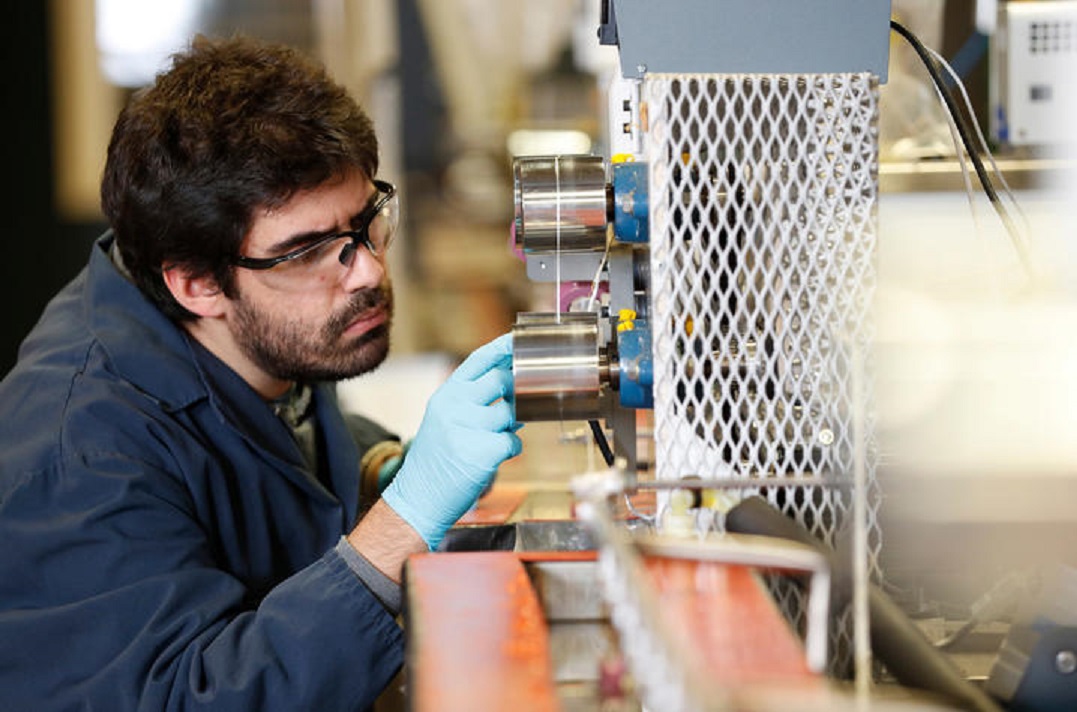
The University of Kentucky Center for Applied Energy Research (CAER) and the US Department of Energy’s (DOE) Oak Ridge National Laboratory (ORNL) have partnered on a US$10 million project to convert coal into high-value carbon fibers and composites.
This project, entitled ‘C4WARD: Coal Conversion for Carbon Fibers and Composites,’ plans to develop what it calls ‘energy-efficient and cost-effective processes for manufacturing carbon fibers with tunable properties’. It will also look into the challenges associated with coal processing, variability in coal feedstocks, and carbon fiber manufacturing scale up from laboratory to semi-production scale.
‘Coal-to-carbon fiber research shows great promise to positively impact the nation’s sluggish coal industry,’ a press release said. In 2019, US coal production, consumption and employment reached their lowest levels in 40 years, and these trends could persist as coal continues to lose market share to natural gas and renewable generation in the electric power sector, the organizations say.
CAER’s Materials Technologies Group will focus on converting variety of coal feedstocks into carbon fibers and composites, and plans to make laboratory-scale quantities of carbon fiber to develop structure-property relationships between the feed coal material and the resultant carbon fiber to develop processing-structure-properties relationships. ORNL’s role will be to correlate the molecular structure of coal with its processability, identifying improved pitch compositions to fabricate carbon fibers with tunable properties, according to the organizations.
CAER and ORNL will also collaborate to scale up fiber production at the Carbon Fiber Technology Facility (CFTF) at ORNL’s 42,000 ft2 composite facility, focusing on structure property and process optimization. The facility has a capacity of up to 25 tons per year, according to ORNL.
This story uses material from the ORNL, with editorial changes made by Materials Today. The views expressed in this article do not necessarily represent those of Elsevier.





